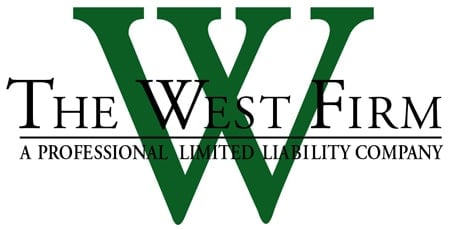Every municipality in the state of New York has adopted a zoning code that designates the types of use that are permitted on each tract of land in the municipality. Amendments to a zoning ordinance can have a significant impact on the allowable uses of the property. Occasionally, an amendment to a zoning ordinance or map can change the designation of a parcel from a permitted use to what is called a “non-conforming use.” What effect does this change have on the economic value of the land?
The definition of a non-conforming use
In New York state, as in most states, a non-conforming use is a use that was legal when it was first devoted to its current use. A parcel becomes “non-conforming” if an amendment to the zoning ordinance or map designates the current use as not permitted under the amended ordinance or map. This change has no impact on the use of the property by the current owner or a purchaser who devotes the parcel to the same use. The designation of non-conformity has its greatest impact if a significant change occurs with the buildings on the parcel or their use by the current owner or a prospective owner.
Expansion
Under most zoning ordinances in New York state, a non-conforming use cannot be substantially expanded. The meaning of this limitation is not always clear. Does it prohibit vertical expansion of a non-conforming building? Does it prohibit the construction of a small addition or out-building devoted to the same use? These questions most commonly arise if a business decides to improve its facilities or sell to a buyer who has the same intention. The answer cannot always be predicted in advance. In most cases, the best solution is a conference with the local zoning administrator or director of planning.
Severe damage
If a building has been partially damaged or destroyed, the city usually has discretion to decide whether the non-conforming use can be re-established. These decisions are usually based on the effect of the non-conforming use on the adjacent neighborhood, the extent of damage and the ease and cost of reconstruction.
Abandonment
If a structure or tract is abandoned by its owner, the resumption of the non-conforming use is usually prohibited. An important qualification to this statement is the fact that most zoning ordinances establish a waiting period to determine whether a property has been abandoned. This period varies from municipality to municipality and can range from six months to two years.
Sound legal advice
Even land that is non-conforming under the local zoning code can have significant economic value. Anyone with questions about a tract’s status as non-conforming would be well advised to consult an experienced real estate attorney for advice about the effect of the non-conforming provisions of the local zoning code.
